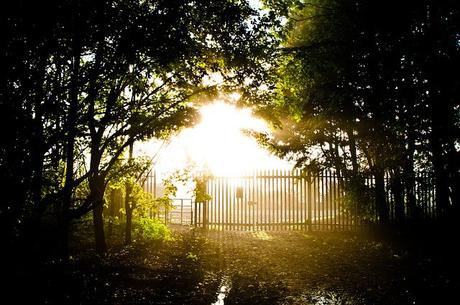According to a new study, planting 500 billion and more trees is the ‘best climate change solution available today’ as it could remove about 25 percent of atmospheric carbon. What is more encouraging is that there is sufficient scope to make that happen.
To assess the area of new forest that our earth could easily support rather than disturbing the existing farmland or urban areas, the study, published in Science on Friday, came up with a figure of 0.9 billion hectares, an area equivalent to roughly the size of the U.S., BBC News reported. The researchers unanimously concluded that in order to mitigate the present climate crisis, reforestation is “the most effective solution.”

“Our study shows clearly that forest restoration is the best climate change solution available today and it provides hard evidence to justify investment,” Professor Tom Crowther at ETH-Zürich and senior study author said, as BBC News reported. “If we act now, this could cut carbon dioxide in the atmosphere by up to 25 percent, to levels last seen almost a century ago.”
Since the industrial revolution, the carbon that humans have pumped into the atmosphere, two-thirds of that or around 200 gigatonnes would be removed by planting the new trees.
However, planting trees was not a replacement for the reduction of greenhouse gas emissions or phasing out the fossil fuels’ use, the researchers emphasized.
“None of this works without emissions cuts,” Crowther told Time.
If tree planting starts today, the new trees will take 50 to 100 years for soaking those 200 gigatonnes of carbon; he told The Guardian. According to the researchers, even if the rise in global temperature is limited to 1.5C above pre-industrial levels, the potential tree-planting land could reduce by one-fifth by 2050 because in some tropical areas temperature could rise abnormally to support forests, National Geographic pointed out.
Even then, tree planting could be an essential means of immediate climate action, Crowther asserted.
It’s “a climate change solution that doesn’t require President Trump to immediately start believing in climate change, or scientists to come up with technological solutions to draw carbon dioxide out of the atmosphere,” Crowther told The Guardian. “It is available now, it is the cheapest one possible, and every one of us can get involved.”
René Castro, the Assistant-Director General at the UN Food and Agriculture Organization, commended the study’s utility.
“We now have definitive evidence of the potential land area for re-growing forests, where they could exist and how much carbon they could store,” Castro said, as reported by The Guardian.
To reach their conclusions, the researchers first noticed about 80,000 satellite photographs of the whole world’s protected forest areas assessing the tree coverage in each. Following that, Google Earth Engine mapping software was used to develop a model to predict the areas where new trees could grow, National Geographic explained. More than half of the world’s reforestation potential was located in six countries: Australia, Brazil, China, Canada, Russia, and the U.S.
However, Brazil seems to be moving just in the opposite direction where deforestation is rising under the right-wing government of President Jair Bolsonaro. Recent satellite images show that every minute a football-field-sized swath of the Amazon is being lost, as per National Geographic.
President Jair Bolsonaro has also been hostile to the indigenous communities’ rights to the forest. However, for the sake of conservation, such rights are essential as the forests recognizing the indigenous claims have comparatively much lower deforestation rates.
“We have served as guardians of these lands for generations … We also understand how to restore them to health,” Joan Carling, a member of the Kankanaey tribe in the Philippines and co-convener of the Indigenous Peoples Major Group for Sustainable Development, told National Geographic by email. “With the security of our lands and resources, we can prevent destructive logging, mining, agri-business, and other projects from occurring in our territories.”
Some scientists have criticized the Crowther’s optimist findings due to these political realities.
“Planting trees to soak up two-thirds of the entire anthropogenic carbon burden to date sounds too good to be true. Probably because it is,” University of Reading professor Martin Lukac told BBC News. “This far, humans have enhanced forest cover on a large scale only by shrinking their population size (Russia), increasing productivity of industrial agriculture (the West) or by direct order of an autocratic government (China). None of these activities look remotely feasible or sustainable at global scale.”
According to Professor Simon Lewis, University College London, the amount of carbon the study projected that the trees would absorb was too high. He further explained, the factors like the carbon already present in the soil before planting trees or the hundreds of years that the trees would require to achieve their full storage potential were not considered, The Guardian reported.

